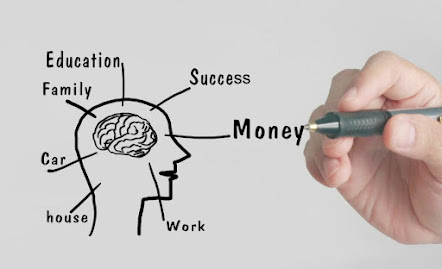3 different ways to learn.

3 different ways to learn. By Gisela Lopez We often affirm or hear that it is enough to live an experience to learn what it is about. However, if all brains do not receive, incorporate or interpret information in the same way, it would be interesting to compare what neuroscience says about three types of learning that we should not ignore. I have a few questions to get you started: Is it true that learning occurs just by experiment? What kind of learning is connected to learning through experiential experience? Can parents or teachers contribute and create efficient mechanisms that positively influence children's education? Let's find out the answers. Here are some types of learning to intentionally take into account in our daily practice, at home or in the classroom: 1. Learning by repetition. We know that memory plays a vital role in the learning process. Often, carrying out or proposing repetition activities in the classroom is taken as unproductive. Remember that memory i...



